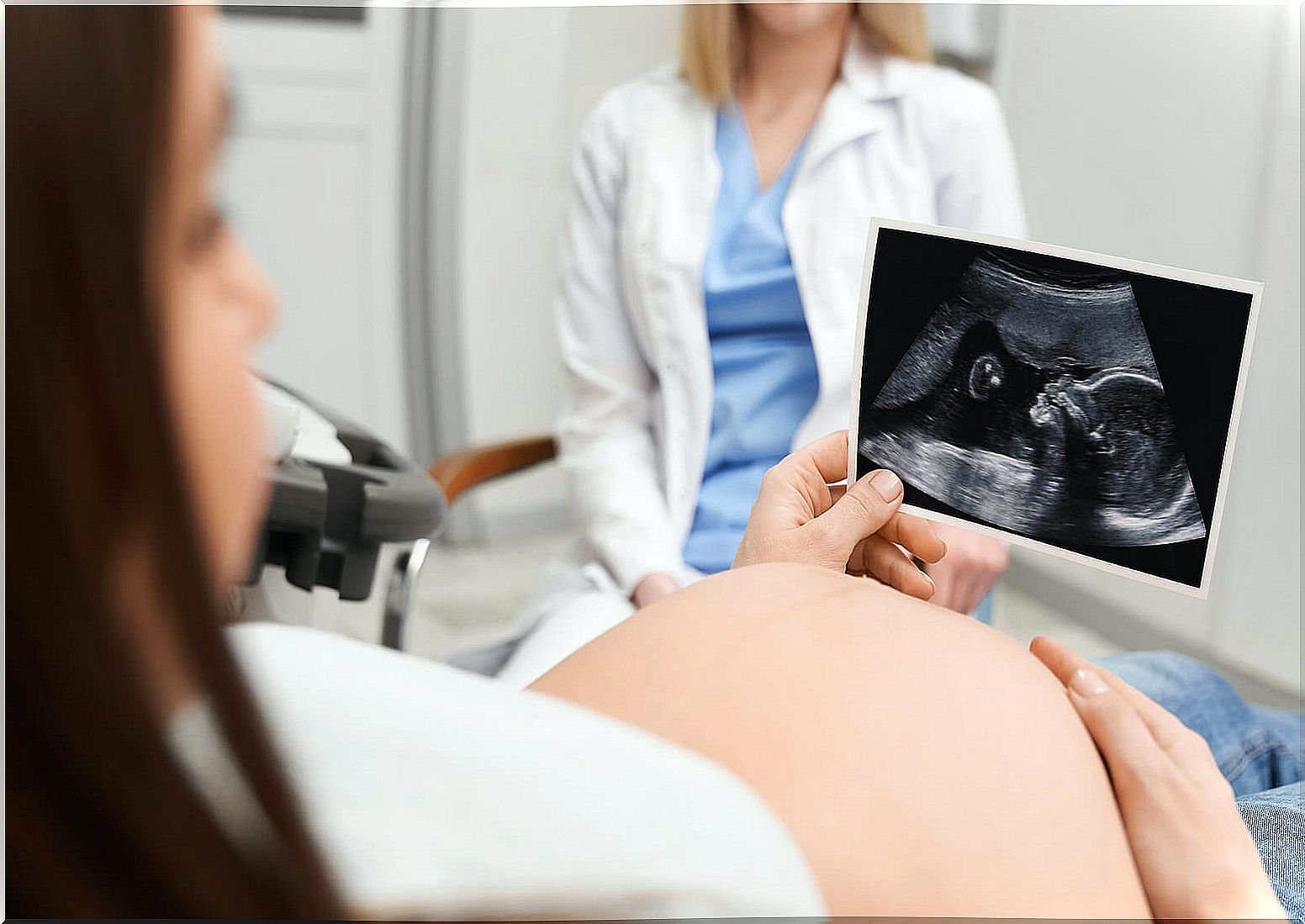Epilepsy And Pregnancy: Everything You Need To Know
Having epilepsy and continuing with a pregnancy is a situation that happens in 3 out of every 1,000 cases. It is not the most frequent, but it cannot be said that they are a marginal number of cases.
Fortunately, epileptic seizures are not increased by the fetus, nor are there alterations in most babies born to mothers with the condition. Up to 96% reach term with a normal delivery, without complications.
What happens in a pregnancy of a woman with epilepsy?
Epilepsy is defined as a neurological disease in which the person suffers synchronous and massive discharges from their neurons. That is, the electrical activity of nerve cells happens at the same time in large areas of the brain.
This may or may not translate into seizures. There is a difference between epileptic seizures and a seizure state. They do not always go hand in hand, although in popular thought they do. In any case, electric shock is always expressed with some symptom, which can be an absence or a small localized movement.
When going through a pregnancy, the female body changes due to the action of hormones, especially progesterone. There are modifications in the genital, reproductive, cardiac and soft tissues in general. We could say that almost all cells are affected, in one way or another.
No significant increase or decrease in seizures during pregnancy has been recorded. Epidemiological studies in this regard conclude that this type of influence cannot be attributed to the fetus.
In any case, when the pregnant woman’s sleep is not adequate, due to insomnia, more severe problems have been recorded. In general, seizures increase if the lack of sleep is focused in the last trimester. However, it is not known for sure if the final culprit is poor rest, stress or the hormonal factor as such.
However, there are problems with the concentration of drugs used to treat epilepsy. Remember that women with epilepsy who are pregnant are already medicated, and pregnancy modifies the total volume of circulating blood, as well as its distribution in body tissues.

Antiepileptic drugs during pregnancy
Antiseizure drugs that are prescribed regularly have the adverse effect of congenital malformations. This represents a dilemma when it comes to caring for and monitoring a pregnancy in a woman with epilepsy.
If we compare the incidence of birth defects among children born to mothers with epilepsy with respect to others from women without the disease, we find notable differences. While in the general population there is a malformation every 100 deliveries, in those medicated with antiepileptic drugs there is up to 3 times the risk.
The probability of a complicated birth increases when the drugs prescribed to the mother are several. This is a frequent situation among epileptic patients who do not respond well to the usual treatments, and the doctor begins to combine different doses to reduce seizures.
In combination therapy, which is medication with different drugs at the same time, congenital malformations were detected by including drugs such as valproate and carbamazepine. In the fetus, the most affected is the central nervous system.
What doctors suggest when planning a pregnancy is to reduce the doses of antiepileptic drugs to safe points. Sometimes very minute amounts of a single drug can be used if the patient has been seizure-free for more than 9 months.
In any case, this reduction can only be done by a medical professional or specialist. Neither the patient, nor their family members, nor anyone without the necessary faculty can make this decision, since the risk of failing the dosage is high and the consequences serious.
Is there a risk of seizures during pregnancy?
While statistics do not clearly report an increase or decrease in seizures during pregnancy, the truth is that they do happen. If the patient had frequent convulsions, she will continue to do so during her pregnancy.
Seizure states carry risks for the mother and the fetus. One of the biggest problems is hypoxia, that is, the lack of oxygenation of the tissues while the event occurs. If not enough gas reaches the placenta, the baby can affect the functioning of its developing organs.
Also, trauma is a complication of seizures that becomes problematic in a pregnant woman. By losing consciousness during the episode, the patient can fall and injure herself in sensitive areas, such as the skull and abdomen, now enlarged by the uterus that has the fetus.
The mortality rate in epileptic pregnant women is higher than in the rest of the pregnant women. Many of these deaths, which are estimated to be about 1 in 1,000 pregnancies, are attributed to sudden unexpected death in epilepsy (MSIE).
MSIE is an unexplained death, without drowning or trauma, in people with epilepsy. The origin of the syndrome is unknown, but it is known that there are risk factors that can be acted upon to reduce the possibility of its appearance.
The woman should never sleep alone, nor do it face down. In addition, to the extent possible, your family or friends should be trained in first aid to assist you.

What to remember about pregnancy and epilepsy?
Pregnancy can be combined with epilepsy. It is not an impossible task, but it requires strict monitoring by the treating physician, and the taking of precautions that reduce the associated risks.
The medication is continued according to the prescription of the professionals. It is possible that the dosages of the concentration of the same in the maternal blood are requested to adjust the amounts. The pregnant woman should never decide on her own to suspend or change the dose.
The delivery must be scheduled in advance, in specialized places, with a medical team that has experience in the matter. The option of a caesarean section is valid and must arise from a sincere dialogue between the obstetrician and the woman. The greater the communication between those involved, the better results will be obtained at the end of the entire process.









